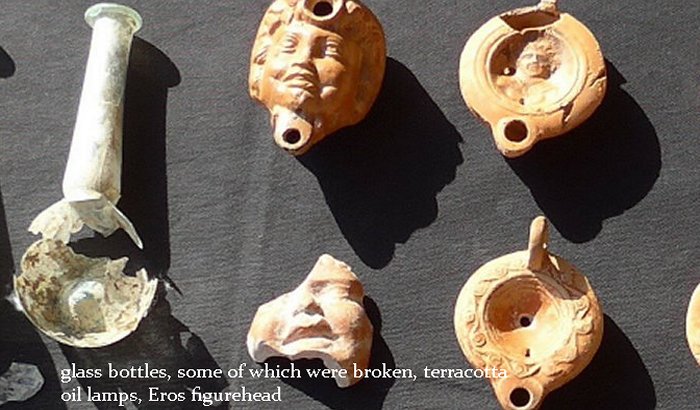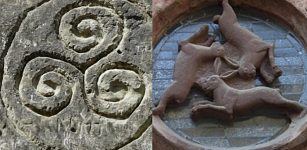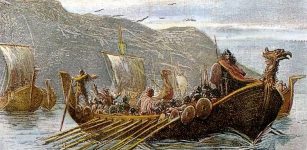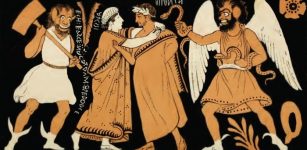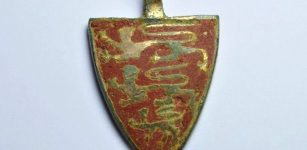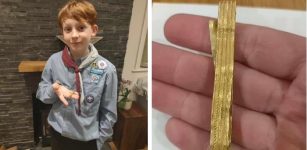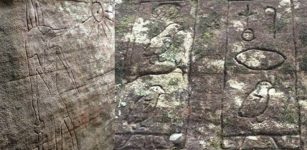2,000-Year-Old Historical Tombs Unearthed In Close Vicinity To Ancient City Of Laodicea
Conny Waters - AncientPages.com - Survey excavations, carried out in a field for the construction of a stadium, archaeologists unearthed a rectangular 2,000-year-old family burial chamber.
 During the drilling, carried out in the south of Laodicea highway, archaeologists excavated a rectangular 2,000-year-old family burial chamber.
During the drilling, carried out in the south of Laodicea highway, archaeologists excavated a rectangular 2,000-year-old family burial chamber.
The area in the western province of Denizli was declared a first-degree excavations area, while another place will be searched for the stadium, the Denizli Metropolitan Municipality announced.
In antiquity, Denizli - located in the country's Aegean Region - was an important Greek town, called Attouda that existed through the ancient Greek and Roman eras. It was located near the cities (Hierapolis and Laodicea, a Greek-Roman city a few kilometers away, on the Lycus) and flourished through the Byzantine period.
Hurriyet Daily News reports some time ago, the municipality applied to the Aydın Cultural and Natural Heritage Preservation Board to carry out a survey in a field of 70,000 square meters in a third-degree archaeological site, located close to the ancient city of Laodicea in Eskihisar neighborhood, for the construction of a new stadium.
Upon the application, archaeological drilling was carried out in the region under the supervision of Laodicea excavation team and the museum directorate.
 A travertine sarcophagus and two boat tombs were found at the site. Image credit: yenisafak
A travertine sarcophagus and two boat tombs were found at the site. Image credit: yenisafak
The city was conquered by the Turks. The inhabitants of Laodicea were also resettled here in the Seljuk period.
During the excavations, archaeologists uncovered a nearly 2,000-year-old rectangular family burial chamber with a travertine sarcophagus and tombs.
 Bowls and jars were found in the tomb. Image credit: yenisafak
Bowls and jars were found in the tomb. Image credit: yenisafak
Inside the tombs were a bronze Empire Caracalla coin (211-217 A.D.), a silver-plated Empire Valerianus coin (253-260 A.D.) along with four glass bottles, some of which were broken, two terracotta bottles, 11 terracotta oil lamps, Eros figurehead, three terracotta bowls, terracotta cooking pots, five bone hairpins, bone spoon pieces and a rectangular bronze box fragment that has been corroded and tomb gifts.
According to researchers, the skeletons were destroyed, dispersed and some parts of them were completely melted because of humidity in the field and burglars.
The historical artifacts were taken under protection by the Denizli Museum Directorate.
See also:
The area, which was the third-degree archaeological site, was declared a first-degree archaeological site with the presence of the historical tomb.
Another area will be looked for the stadium to be built by the Denizli Metropolitan Municipality.
Written by Conny Waters - AncientPages.com Staff Writer

